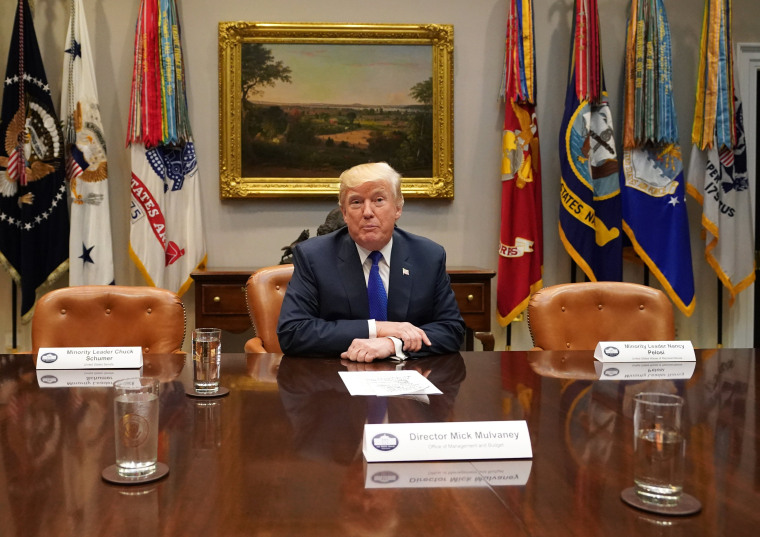Almost immediately after taking office, Donald Trump killed the Trans-Pacific Partnership, a trade agreement he assumed he hated. As regular readers may recall, the Republican president assured Americans he'd replace the TPP with a "beautiful" alternative. That was roughly 22 months ago; we've seen no such policy.
About a year after the president's dubious promise, the United States' former partners in the TPP struck their own agreement – though it lacked the provisions the Obama administration fought to include to benefit the United States.
Phil Levy, a senior fellow at the Chicago Council on Global Affairs and an economist in the Bush/Cheney administration, told the New York Times earlier this year, "Maybe there was some sort of presumption on the part of the president and his team that if the U.S. said stop, this process would come to a halt. What this shows is that's not true. The world just moves on without us."
It's still moving on without us. The Wall Street Journal reports that our former TPP partners will now implement the new trade rules this year, now that a ratification threshold has been met.
A trade pact between 11 Pacific Rim nations will come into force this year after Australia became the sixth country to ratify it, nearly two years after President Trump withdrew the U.S. from talks.The Trans-Pacific Partnership trade deal, agreed in March, is the largest free-trade agreement completed in Asia, and comes at a time of rising trade tensions between the U.S. and China.The deal's backers say it may be the most important trade agreement reached in more than two decades, modernizing agreements to reflect the rise of digital trade, services and copyright in a fast-growing region that includes Japan and longtime U.S. allies.
Member nations, after agreeing to lower trade barriers, will start to see the effects of reduced tariffs in December.
Closer to home, meanwhile, Donald Trump has imposed a series of tariffs as part of his trade-war agenda -- and he's threatened to go further.
All of which has left the United States isolated as a result of a president rejecting a trade partnership without ever making clear he knew what it was.
In the spring, the White House, under pressure from congressional Republicans, briefly flirted with the possibility of re-engaging with the Trans-Pacific Partnership, but the effort quickly evaporated.
In fairness, I should emphasize that some of the provisions in the TPP ended up being included in the new NAFTA -- or whatever it is we're supposed to call it now -- but that simply means Trump took two years to negotiate terms, many of which Canada, Mexico, and the Obama administration had already negotiated.
Those who voted for Trump because of his vaunted deal-making abilities made an unfortunate mistake.
